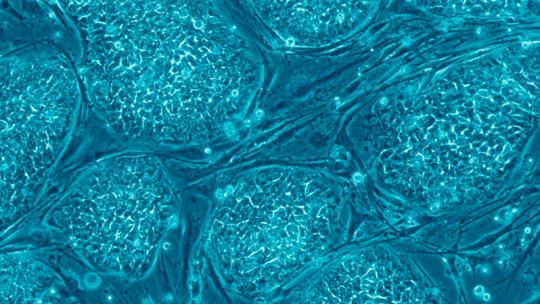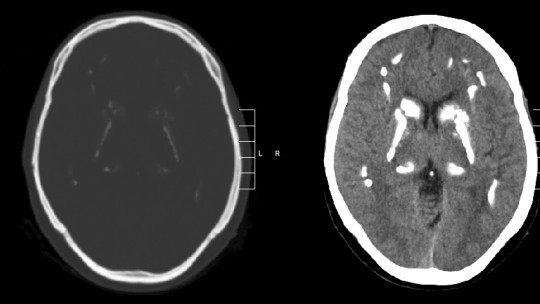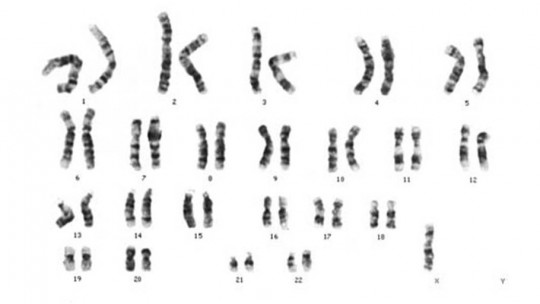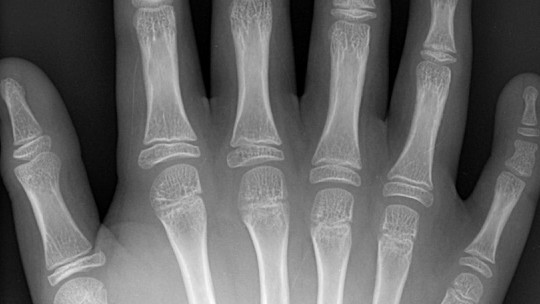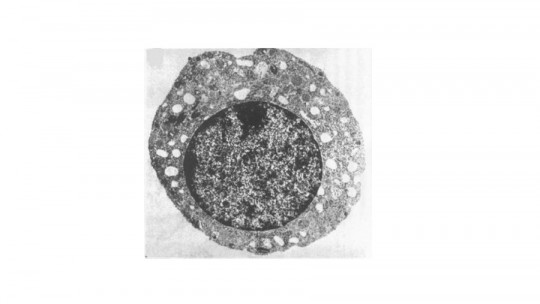
Pearson’s syndrome It is a strange medical condition that, despite only less than a hundred known cases worldwide, has sparked the interest of geneticists and molecular biologists since it was discovered in the 1970s.
In this article we are going to delve into this rare disease, knowing its symptoms, causes, diagnosis and treatment.
What is Pearson syndrome?
Pearson syndrome is a disease of genetic origin, caused by alterations in the DNA found within the mitochondria This alteration is due in most cases to mutations that occur during cell division when the embryo is being formed.
As it is a disease caused by something found within each of the body’s cells, there is no known way to cure it, in addition to presenting a very poor prognosis, with individuals diagnosed with Pearson being children who will rarely live more than three years..
There are several problems derived from this rare medical condition, the main ones being hematological, liver and muscle. All of this leads to a limited ability of the individual to interact with the world around him, in addition to presenting problems in growth.
The first person to describe it was its name, Howard Pearson, in 1979. This disease It is so rare that, to date, only about seventy cases are known in the international literature
Causes
Pearson syndrome is of genetic origin. It occurs as a consequence of an alteration in the DNA inside the mitochondria, the organelle that is responsible for cellular respiration. This alteration can be due either to a deletion, that is, the partial or total loss of the DNA molecule, or to duplication, that is, a region of the DNA being replicated. These alterations are due, in most cases, to mutations in the individual’s genetic material.
These alterations cause metabolism to be affected, causing the cell not to receive energy correctly which ultimately affects basic and vital processes for the organism, such as the active transport of substances in the cell, muscle contraction, the synthesis of molecules, among others.
Diagnosis
The clinical presentation of Pearson syndrome is variable, which makes it necessary to closely monitor the patient to confirm that they have the condition, in addition to finding out what the main problems suffered by the individual in question are, given that, as with any other disease, the symptoms from patient to patient may be different. The main diagnostic tool for this syndrome is a biochemical-molecular study in which it will be seen whether or not it has the alteration in the mitochondrial DNA.
In most cases, genetic analyzes can only be done once the baby has been born and the first symptoms that are possibly associated with Pearson syndrome in the specific case are detected. Although prenatal tests to detect the syndrome are theoretically possible, analyzing and interpreting the results is really difficult, as well as risky for the life of the fetus still in formation.
Symptoms
The first symptoms of the syndrome appear during the first year of life, being some of the most striking. problems in the blood and pancreas In most cases, individuals do not manage to live more than three years.
In this syndrome, there are problems in the bone marrow, which implies problems at the blood level. The bone marrow does not produce white blood cells (neutrophils) efficiently (pancytopenia), which causes the individual to end up developing anemia, which can progress very seriously. He also has a low platelet count and aplastic anemia.
In relation to the pancreas, specifically the exocrine part of it (exocrine pancreatic insufficiency), in this syndrome there is a dysfunction in this organ, causing greater atrophy of it.
Because of this, Individuals who suffer from Pearson syndrome have problems absorbing nutrients from food which leads to nutritional problems that result in growth problems and difficulty gaining weight, in addition to diarrhea quite frequently.
But in addition to problems in the blood and pancreas, there are many other symptoms that define this disorder, which is considered a multisystem mitochondrial disease. Some of these symptoms are:
Treatment
Pearson syndrome, as we have already seen, is of genetic origin, since it consists of an alteration of the mitochondrial DNA. This, with the therapeutic tools that current medicine has, is not possible to solve and, therefore, this syndrome has no known cure.
However, this does not mean that treatment cannot be applied to the person who has this medical condition. Yes ok The therapy is focused on alleviating the symptoms with little chance of entailing a significant change in its manifestation, it does represent an ideal treatment to improve the patient’s quality of life, in addition to reducing or directly preventing the appearance of other problems that may be secondary to Pearson syndrome. like infections.
Among the problems associated with the syndrome is Earns-Sayre syndrome, which involves deterioration in the retina, hearing loss, diabetes and cardiovascular diseases. Other problems are sepsis, endocrine disorders, lactic acidosis production crisis and liver failure. All of these pathologies are what contribute, combined with the syndrome, to the fact that children with this diagnosis do not have a life expectancy much greater than three years.
Those individuals who manage to survive the earliest childhood evolve showing hematological signs that resolve spontaneously, while neurological problems and muscular problems emerge and get worse. If they have not had Kearns-Sayre syndrome before, children will surely end up having it after they are over three years of age.
It should be noted that yes There is a surgical intervention that significantly improves the patient’s life, even if its purpose is palliative It is a bone marrow transplant, given that the syndrome affects the marrow very markedly and this type of intervention allows you to extend your life a little further. If this option is not possible, blood transfusions are usually very frequent, especially to avoid severe anemia, associated with erythropoietin therapy.

